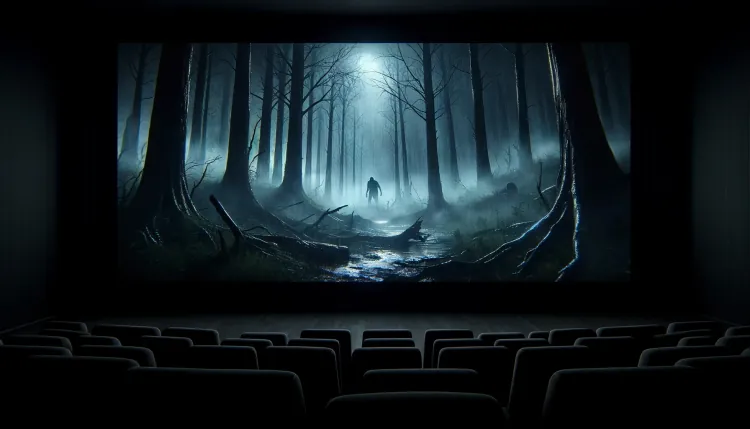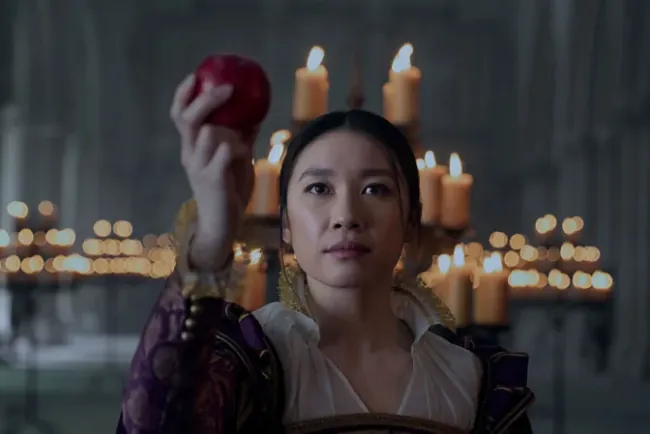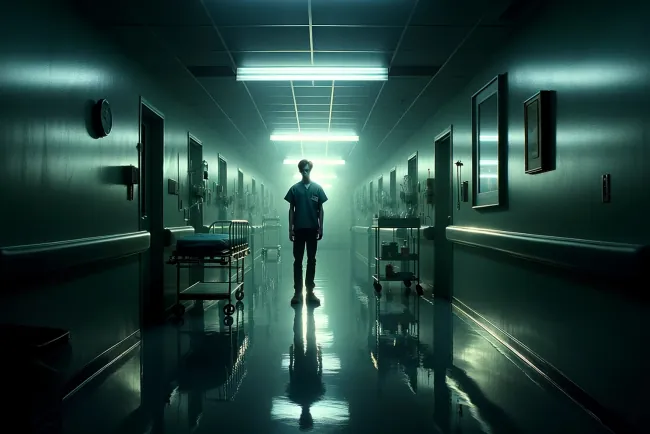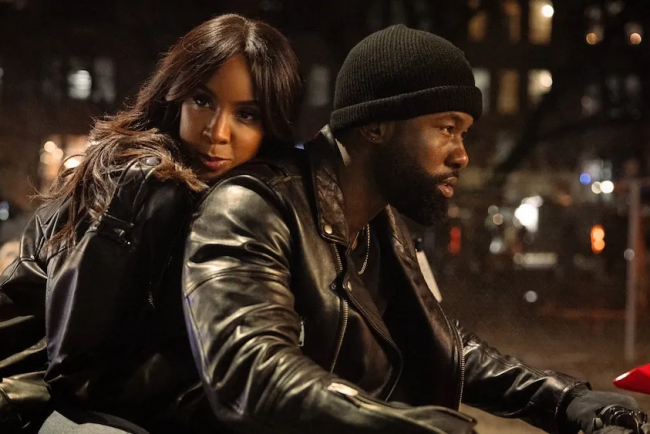Blood and Guts: The Impact and Intrigue of Bloody Movies in Cinema
The fascinating world of bloody movies with our in-depth analysis of this controversial film genre. Discover why films filled with gore attract dedicated audiences, how they reflect societal fears, and the role of special effects in creating their shockingly realistic scenes

The Allure of Bloody Movies: A Deep Dive into Cinema's Goriest Genre
The genre of bloody movies, often encompassing horror, thriller, and sometimes action, has captivated audiences with its unflinching portrayal of gore and violence. These films, characterized by their explicit scenes and the visceral reactions they evoke, continue to carve a niche within cinema that attracts a dedicated fan base. This article explores the appeal of bloody movies, their impact on audiences and filmmakers, and their place in the broader context of cinematic art.
The Appeal of Gore
Bloody movies tap into the primal aspect of human nature—a fascination with the macabre and the forbidden. This genre often provides a safe space where viewers can explore the extremes of human experience without real-world consequences. Films like "Saw" and "Hostel" have pushed the boundaries of on-screen violence, challenging viewers to confront their fears and darkest curiosities.
The psychological thrill of survival, witnessing characters navigate life-threatening situations, also adds to the allure. It's a cinematic rollercoaster where tension is built and released in a cycle that keeps viewers on the edge of their seats.
Technical Mastery and Special Effects
The artistry behind the gore is another significant element that draws enthusiasts. Special effects and makeup play a crucial role in crafting the film's atmosphere and realism. Pioneers like Tom Savini and Greg Nicotero have become legends for their ability to transform latex, silicone, and fake blood into shockingly lifelike wounds and scenes.
Modern technology and CGI have introduced a new era of gore, allowing filmmakers to create scenes that were previously impossible. However, many aficionados still celebrate practical effects for their tangible and often more disturbing appearance compared to their digital counterparts.
Cultural and Social Reflections
Bloody movies often reflect cultural and social fears, acting as metaphors for the anxieties of the times. Zombie films like "Dawn of the Dead" can be seen as commentary on consumerism, while slasher films such as "Halloween" explore themes of suburban safety and the breakdown of community. The explicitness of these films forces viewers to confront these issues in a more visceral way, making the commentary hard to ignore.
The Controversy and Criticism
Despite their popularity, bloody movies are not without controversy. Critics argue that these films desensitize people to violence, glamorize brutality, and can be psychologically damaging. The debate continues about the responsibility of filmmakers in portraying violence and the impact of such content on society.
Furthermore, the genre's critics often dismiss it as lowbrow or mere shock value, yet fans and defenders argue that these films require as much creativity and skill as any other genre, offering unique ways to tell stories and evoke emotions.
Conclusion
Bloody movies remain a polarizing yet integral part of the film industry. They challenge both viewers and filmmakers to push the boundaries of what is acceptable, what is art, and what it means to entertain. Whether one sees them as a guilty pleasure or a profound exploration of human fears and societal taboos, there's no denying the impact and the enduring appeal of cinema's goriest genre. As technology advances and societal norms evolve, the genre is likely to transform, continually finding new ways to shock and awe its audience.
What's Your Reaction?






















